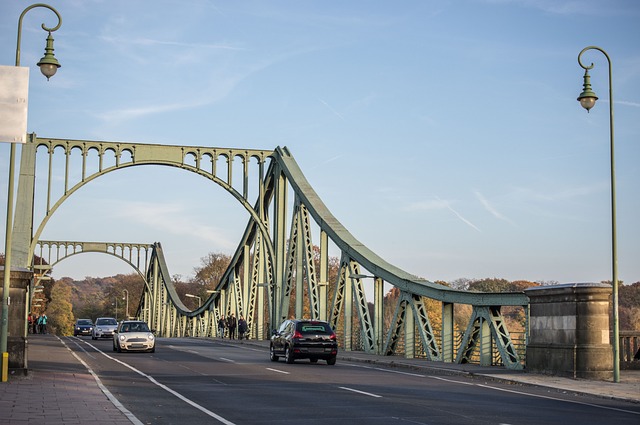Reimagining Skylines: The Rise of Vertical Farming in Urban Real Estate
Urban landscapes are evolving, and a new trend is taking root in the world of real estate: vertical farming. This innovative approach to agriculture is not just changing how we grow food; it's reshaping the very fabric of our cities. As property developers and investors seek sustainable, profitable ventures, vertical farms are emerging as a compelling solution to urban food security and real estate utilization.

Cultivating Value: The Real Estate Perspective
From a real estate standpoint, vertical farms offer a unique value proposition. They transform underutilized urban spaces into productive assets, potentially increasing property values and generating new revenue streams. In densely populated cities where land is at a premium, the ability to produce food locally without consuming vast tracts of horizontal space is invaluable. This efficiency not only addresses food security concerns but also creates a new category of mixed-use development that combines agriculture with residential or commercial spaces.
Harvesting Profits: The Investment Landscape
For real estate investors, vertical farming presents an intriguing opportunity. The global vertical farming market is projected to reach $12.77 billion by 2026, growing at a CAGR of 24.6% from 2019 to 2026. This rapid growth is attracting attention from venture capitalists, real estate investment trusts (REITs), and traditional property developers alike. The appeal lies not just in the potential for high yields per square foot but also in the sustainability factor, which aligns with growing environmental, social, and governance (ESG) investment criteria.
Sowing the Seeds: Implementation Challenges
Despite its promise, integrating vertical farms into urban real estate comes with challenges. The initial capital expenditure can be significant, involving specialized equipment, lighting systems, and climate control technology. Additionally, zoning laws in many cities are not yet adapted to accommodate agricultural use in commercial or residential buildings. Real estate developers must navigate these regulatory hurdles and work closely with local authorities to bring vertical farming projects to fruition.
Reaping the Benefits: Impact on Urban Communities
The integration of vertical farms into urban real estate has far-reaching implications for city dwellers. Beyond providing fresh, locally-grown produce, these structures can serve as educational hubs, promoting awareness about sustainable agriculture and nutrition. They also have the potential to create green jobs and stimulate local economies. For property owners, the presence of a vertical farm can be a unique selling point, attracting environmentally conscious tenants and potentially commanding premium rents.
A Growing Trend: Future Outlook
As cities continue to grapple with food security, sustainability, and efficient land use, vertical farming is poised to become an increasingly important component of urban real estate. We’re likely to see more mixed-use developments that incorporate vertical farms, as well as the retrofit of existing structures to accommodate agricultural production. This trend could lead to a reimagining of urban architecture, where buildings serve not only as places to live and work but also as sources of sustenance for the community.
Conclusion: A New Dimension in Real Estate
The integration of vertical farming into urban real estate represents a paradigm shift in how we conceptualize city spaces. It’s a trend that marries the age-old practice of agriculture with cutting-edge technology and modern urban planning. For real estate professionals, investors, and city planners, vertical farming offers a chance to be at the forefront of a movement that could fundamentally alter our urban landscapes. As we look to the future, the skylines of our cities may not just reach upward, but also bloom with the promise of a greener, more sustainable tomorrow.





